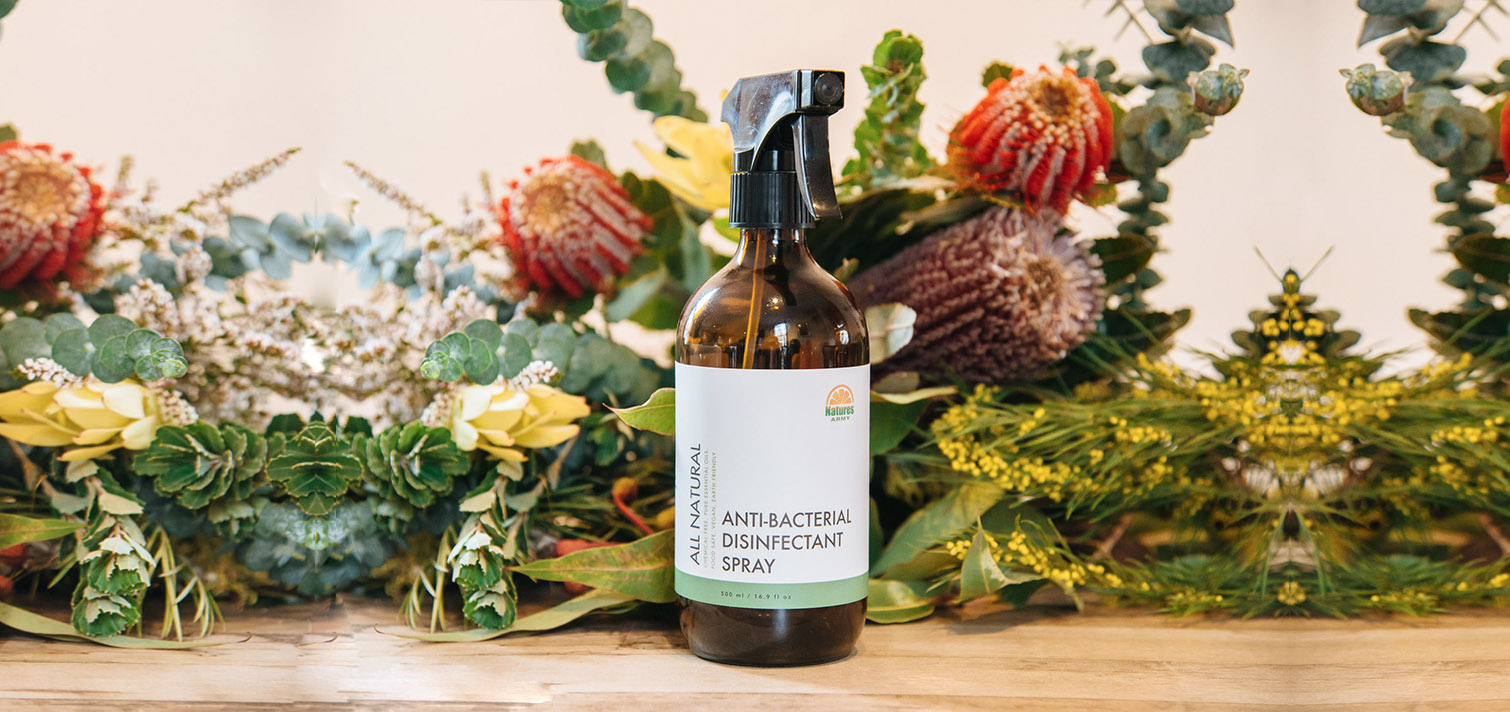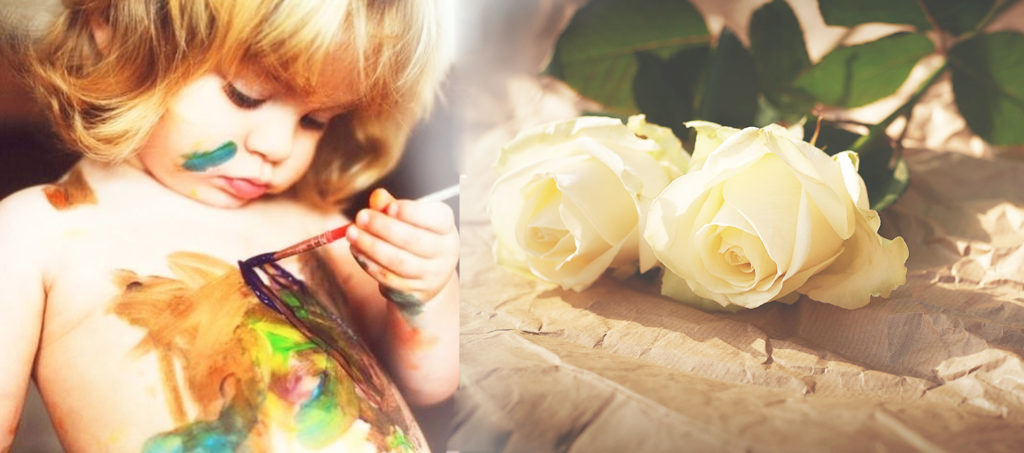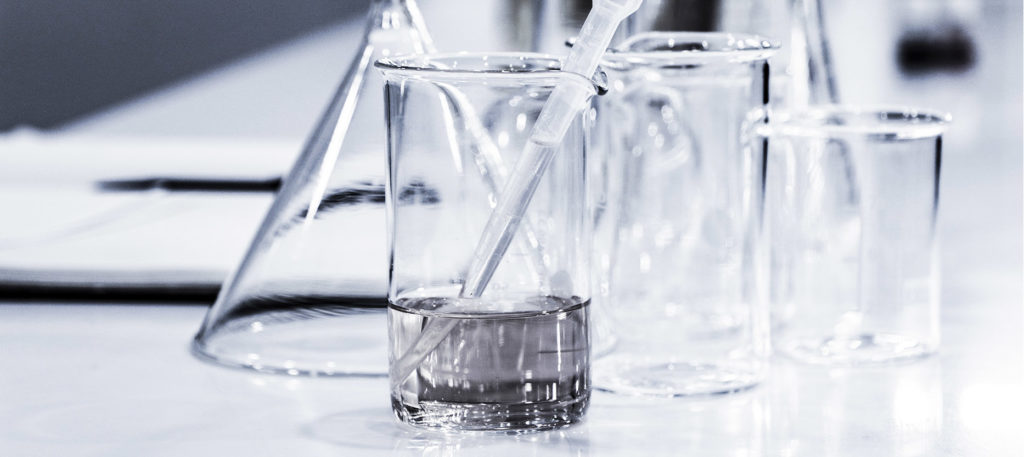
When you choose to use green cleaning products, you are making a vote to protect the environment so to speak. Most ideal green cleaning products are made using sustainable manufacturing practices and naturally derived, safe, non-toxic, and biodegradable ingredients that don’t negatively impact the environment.
As an experienced chemical-free and natural cleaning company, we have taken our knowledge and research to the next level and launched our own natural cleaning product range. These products accompany our services and meet the highest standards of quality and hygiene. We are offering a Natures Army Purifying Room Spray, Multi Purpose Cleaner and Anti-Bacterial Disinfectant Spray.
All three products are lovingly handcrafted by our team in Sydney. Each formula contains only safe ingredients you can trust such as; filtered water, organic essential oils and natural plant based components, Our products are also 100% cruelty free, vegan, eco friendly and biodegradable.
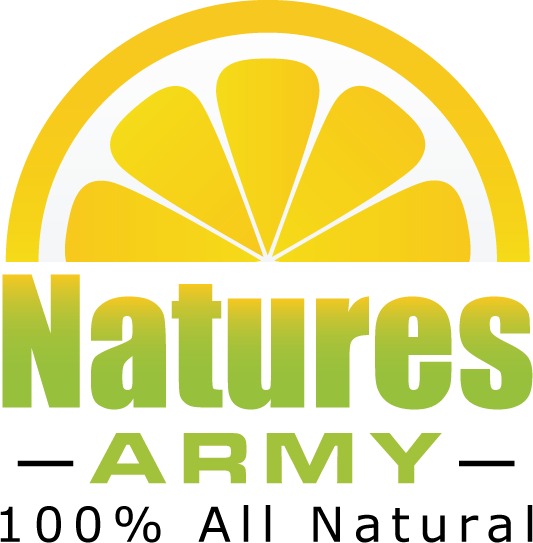
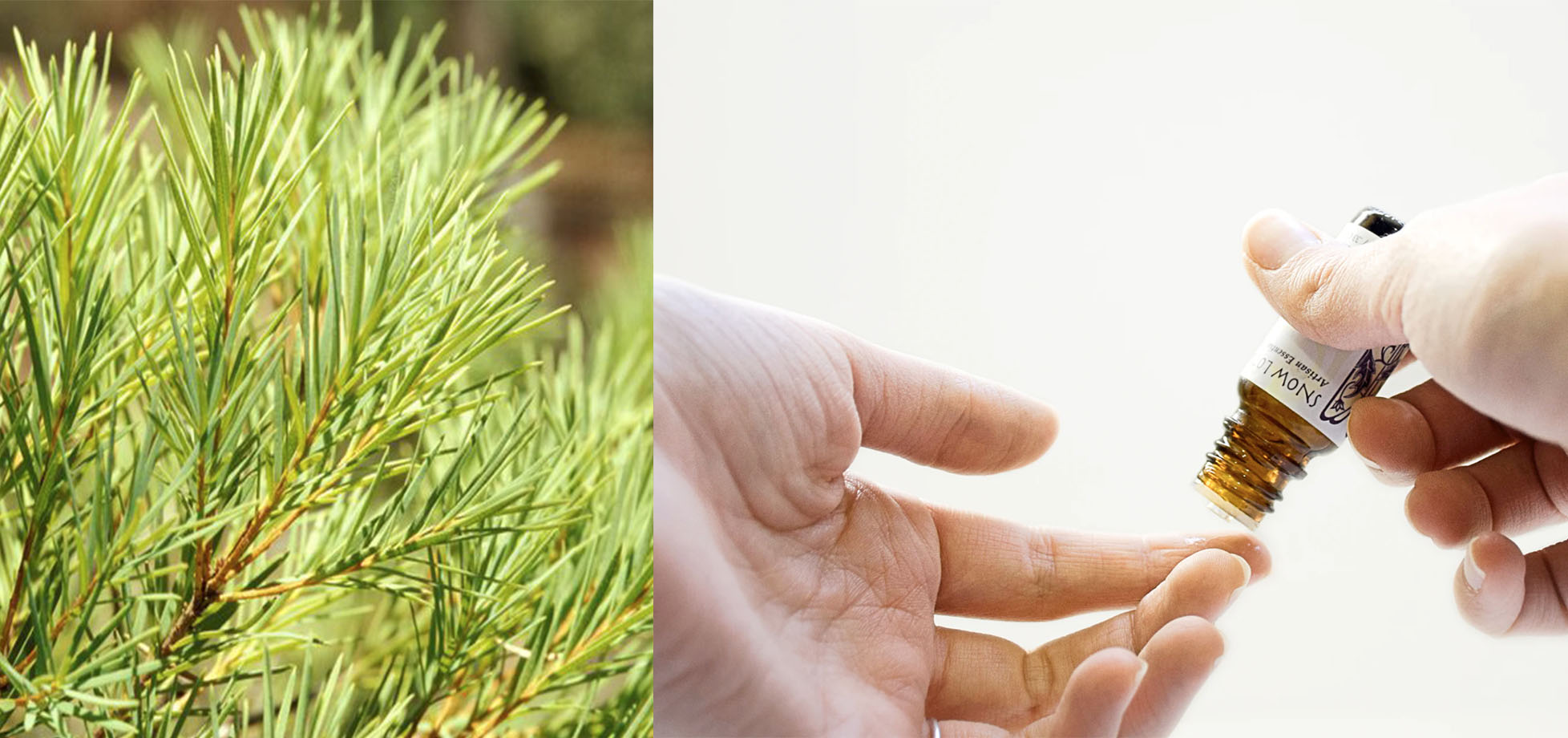 No chemical-free cleaning kit is complete without tea tree oil. Tea tree oil is distilled from the leaves of the Melaleuca alternifolia plant, found in Queensland and New South Wales. Tea tree oil has been used as a traditional medicine by Aborigines for centuries. They crush tea tree leaves to extract the oil, which is then inhaled to treat coughs and colds or applied directly to the skin for healing. The oil possesses antibacterial, anti-inflammatory, antiviral, and antifungal properties. We use tea tree oil in our
No chemical-free cleaning kit is complete without tea tree oil. Tea tree oil is distilled from the leaves of the Melaleuca alternifolia plant, found in Queensland and New South Wales. Tea tree oil has been used as a traditional medicine by Aborigines for centuries. They crush tea tree leaves to extract the oil, which is then inhaled to treat coughs and colds or applied directly to the skin for healing. The oil possesses antibacterial, anti-inflammatory, antiviral, and antifungal properties. We use tea tree oil in our 